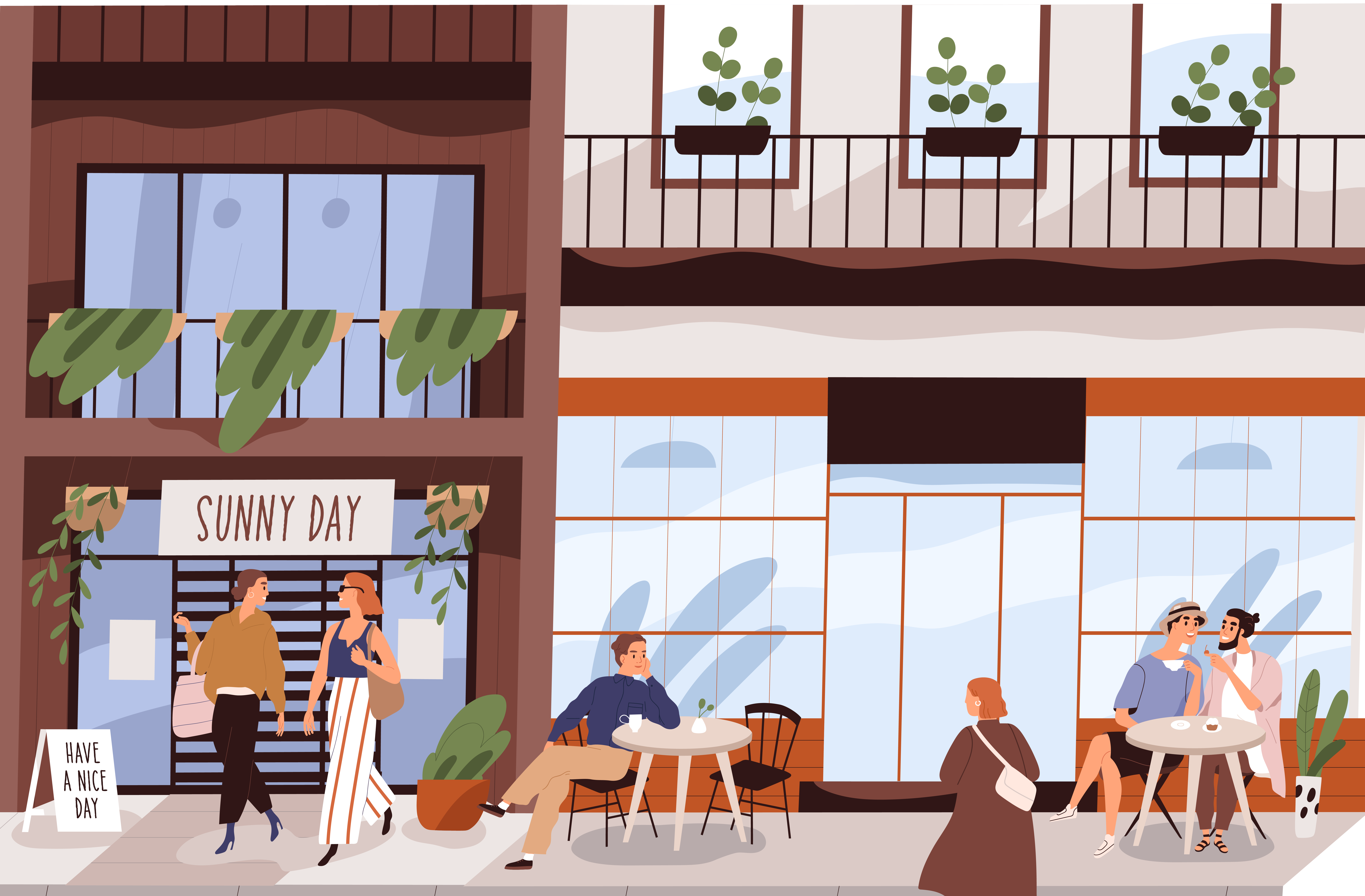Quick-service restaurants (QSR), retailers that offer unique experiences and local attractions that cater to people who aren’t traveling yet are all positioned for success. Those were among the observations presented at a recent webinar sponsored by Placer.ai that examined the state of retail, approximately one year after the start of COVID-19.

“It is still too early to determine if the trends we are tracking will be a temporary or permanent shift,” explained Ashley Robinson, Founder of The Seaker Group, a strategic advisory boutique and think tank serving the retail industry. “We are confident that the pandemic provided confirmation for many of the movements and changes we already believed to be true. This includes the continued strength of grocery-store-anchored retail centers. Our research suggests that tenants positioned next to food stores were less negatively impacted then stores without this draw. Also, consumers feel safer and are more readily drawn to outdoor retail centers as compared to enclosed malls. We have watched this scenario play out over the past decade and this has been perpetuated over the past year.”
“Humans will always crave and seek out engagement with others, so those retailers that can successfully generate a feeling and an emotion will thrive,” stated JJ Perino, Founder of Two Ten Strategy, a consulting firm specializing in consumer intelligence, business growth strategy and brand development. “Craft and home improvement stores spiked during COVID but now, as people begin to leave their homes and go back to school and work, what will be their performance in the future? I am also concerned about the movie theatre industry. This is an important moment for that industry sector and they need to address consumer safety and experience.”
“The most important touchpoint for a retailer or restaurant is their physical presence,” Robinson added. “Consumers visit and return for the lighting, overall ambiance, service as well to receive the actual product. As a result, picking up some carry-out from your favorite restaurant does not provide the same experience.”
Shifting consumer trends are also driving retailers to new locations.
“Some of the great brands that previously preferred urban-only environments – specifically Lululemon, Athletica – are now making the move to the suburbs where many of their consumers have relocated,” Perino stated. “Landlords and co-tenants will need to adjust to this new playbook. Online-only retailers, such as Warby Parker, are also eyeing more brick-and-mortar locations – with many in the suburbs – to address consumer shifts. This is also slowly happening with allbirds.”
Local attractions are also poised to see an uptick in business because “people are still not traveling out of town,” Robinson added. “The champagne effect will also take hold. As more attractions and stores open and stimulus checks find their way into households, consumer spending will rise and business will start bubbling over. Suburban-located shopping centers will be the prime beneficiary with restaurants and retailers moving out of downtown and ghost kitchens popping up. Those retailers that invest in their brand, placemaking and the local community will fare the best.”